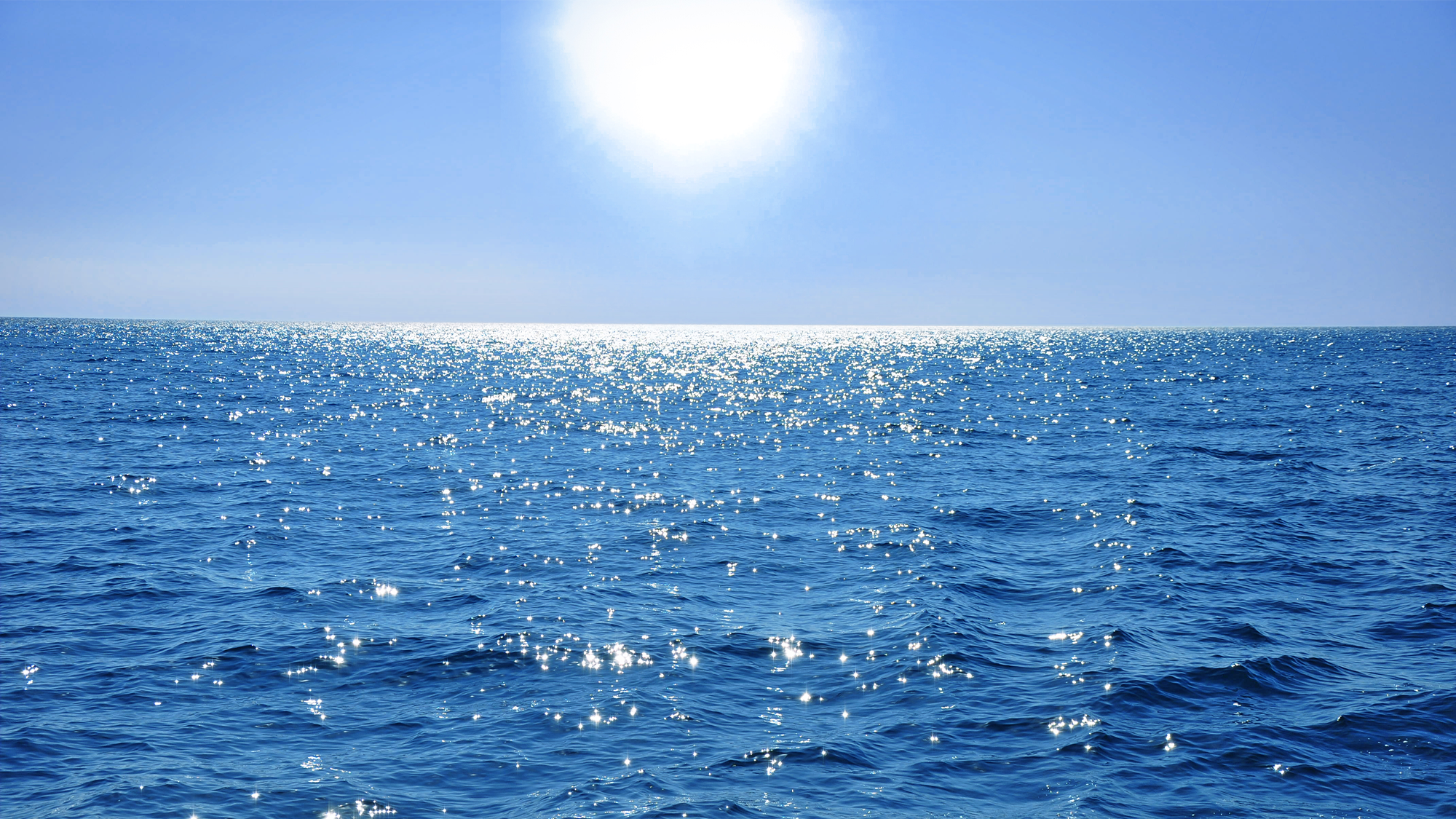

Industrial mining of the deep ends of the ocean for valuable minerals is becoming more of a possibility as companies search for new sources of needed minerals, such as cobalt and lithium. The devastating impacts that this noisy and extractive process could have on the ocean’s numerous species is front of mind for scientists around the world, particularly in the mineral-rich Clarion-Clipperton Zone (CCZ) of the Pacific Ocean. Now, experts are attaching some numbers to the concerns.
[Related: Deep-sea mining has murky aftereffects.]
A study published May 25 in the journal Current Biology found 5,578 different species in the CCZ, and roughly 88 to 92 percent of these species are entirely new to science. The authors compiled a CCZ checklist of all the species and records to better understand what may be at risk when mining begins.
“We share this planet with all this amazing biodiversity, and we have a responsibility to understand it and protect it,” co-author and Natural History Museum London deep-sea ecologist Muriel Rabone said in a statement.
Spanning six million square kilometers from Hawaii to Mexico, the CCZ is one of the most pristine wilderness regions in the world. According to NOAA, it is also home to polymetallic nodules that are a potential source of copper, nickel, cobalt, iron, manganese, and rare earth elements. These materials are becoming increasingly important for modern life, since they are used in making a range of electronics. Polymetallic nodules are also found in deeper regions of the Indian Ocean.

To study the CCZ, researchers travel throughout the Pacific Ocean using techniques such as using remote-controlled vehicles to travel the ocean. They also use simple box core sampling, where a study box is placed on the bottom of the ocean floor to collect samples.
“It’s a big boat, but it feels tiny in the middle of the ocean. You could see storms rolling in; it’s very dramatic,” said Rabone. “And it was amazing—in every single box core sample, we would see new species.”
In the study, the team sifted through over 100,000 records of the creatures found in the CCZ taken during these expeditions. They found that only six of the new species found in the CCZ—including a carnivorous sponge, a nematode, and a sea cucumber—have been seen in other regions of the world. The most common type of animals in the CCZ are arthropods, worms, sponges, and echinoderms like sea urchins.
[Related: Even mining in shallow waters is bad news for the environment.]
“There’s some just remarkable species down there. Some of the sponges look like classic bath sponges, and some look like vases. They’re just beautiful,” said Rabone. “One of my favorites is the glass sponges. They have these little spines, and under the microscope, they look like tiny chandeliers or little sculptures.”
In the future, the team emphasizes the importance of increasing research efforts in the CCZ that are collaborative, cohesive, and multidisciplinary so that scientists and business alike can gain a deeper grasp of the region’s vast biodiversity. They also stress the importance of learning more about these new species, how they are connected to the greater environment around them, and the biogeography of the area to understand why some species cluster in specific regions more than others.
“There are so many wonderful species in the CCZ,” said Rabone, “and with the possibility of mining looming, it’s doubly important that we know more about these really understudied habitats.”
